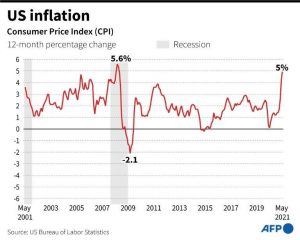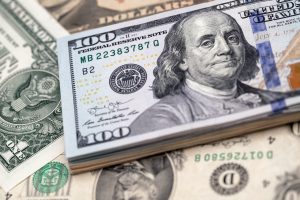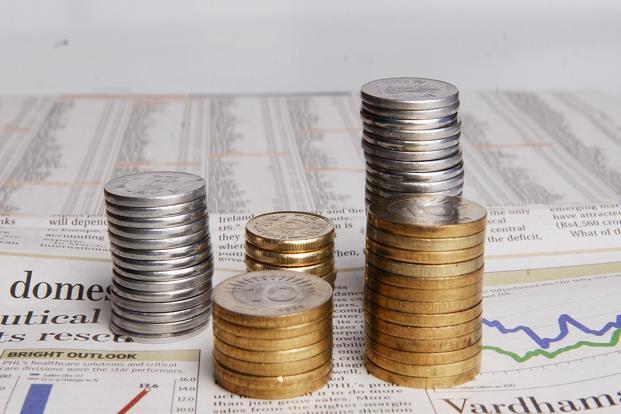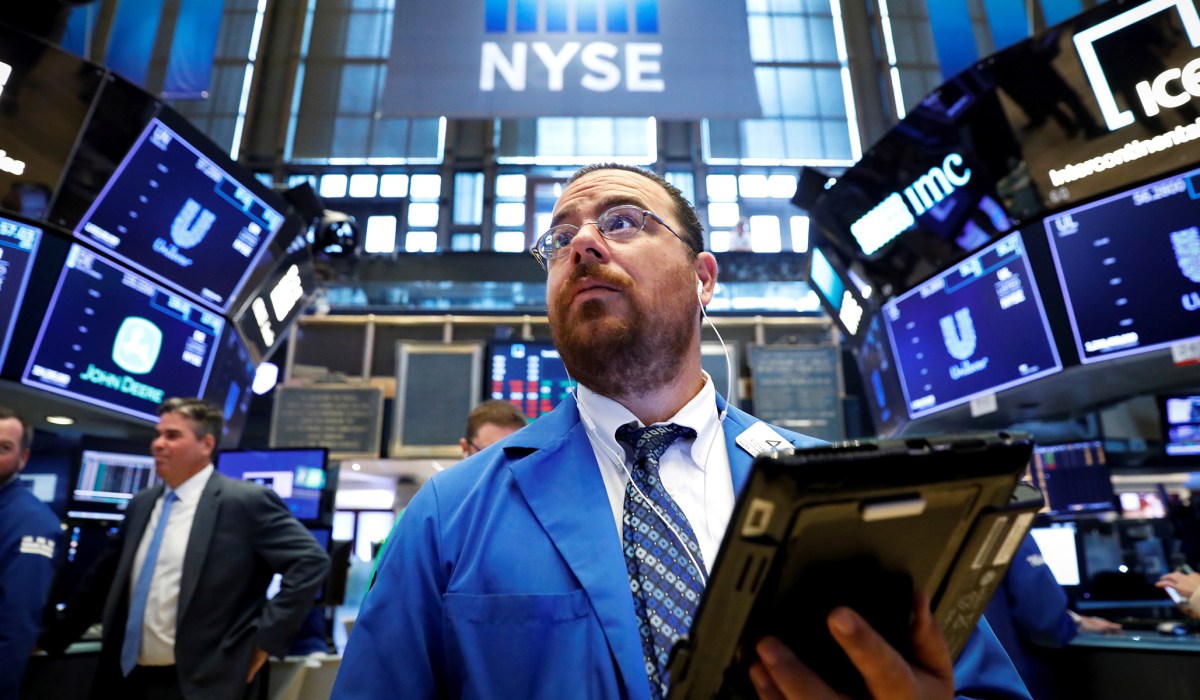- Tech Stocks
- Dividend Stocks
- Energy Stocks
- Crypto / Gold & Silver
- Options Trading
The Income Machine is driven by a comprehensive portfolio strategy approach that offers real value for investors of all experience levels —all for just $19 per month.
Our service provides a model dividend portfolio that can be used to generate high levels of retirement income in addition to a specialized selection of high-probability technical trading signals backed by solid fundamental analysis covering the most critical aspects of the financial markets. At its core, this combined strategy approach gives investors an option to manage investment portfolios in ways that can be passive or active in nature depending on each investor’s unique investment goals.
At its core, this combined strategy approach gives investors an option to manage investment portfolios in ways that can be passive or active in nature depending on each investor’s unique investment goals.
Income Generators work from the philosophy that these two complex worlds (shorter-term technicals and longer-term fundamentals) can coexist in ways that allow investors to beat the market and maximize returns over time.
Ultimately, we accomplish these goals using a time-tested tactical approach that identifies opportunities in several important asset classes while capitalizing on the market’s dominant trends as they are driven by shifts in trading sentiment.
The Income Machine: What You Get With Your Subscription
- Model retirement portfolio that includes 80 dividend stocks selected for long-term performance and a sustainable ability to generate reliable portfolio income for investors.
- In-depth fundamental analysis of the market’s finest Income Generators as assets that are positioned to succeed in even the most turbulent market environments.
- An event-based trading portfolio that targets opportunities through shorter-term strategies based on rising trend momentum or contrarian scenarios favored by active traders.
- Up-to-date chart analysis designed to provide investors with actionable entry and exit points that can be used to manage positions in several key financial markets.
- Educational materials and discussions with the experts that are designed to aid newer investors in their understanding of unfamiliar trading concepts and market terminologies.
- Active chat-forum discussions that can be used to strategize, collaborate, and identify new investment opportunities as they develop throughout the market —all in real-time.
Tactical Investment Tools & Battle-Tested Market Strategies From Seasoned Experts
Decades worth of experience in the financial markets has taught us some important lessons. First, and foremost, is the fact that the odds are stacked against you as an individual investor.
Unfortunately, all of this means that the house is structured to win while the inexperienced majority loses its shirt. In essence, the market is cruel —and it takes no prisoners. For these reasons, we have identified an impressive collection of proactive investment strategies that can turn the odds back into our favor.
The Income Machine is designed to identify contrarian trades that might appear to be ‘dead in the water’ while uncovering long-term strategies that profit from market inefficiencies created by the prevalence of a ‘herd’ mentality that often characterizes the market.
Ultimately, the innovative and complex investment strategies generated by The Income Machine will give you the strategic tools every investor needs in order to separate from the pack and beat the broader market at its own game.
Join our trading room today —and learn more about the types of tactical investment strategies that tend to generate high levels of success in modern markets. Profit from more than two decades worth of financial markets experience that has consistently proven its mastery in a wide variety of asset classes!
Ready to take your investment strategy to the next level?
Sign up now for a free trial and see how strategies developed by the Income Machine can help you to understand the dominant trends that define today’s complex global financial environment. Take control and actively manage your investment positions in ways that successfully build wealth over time.
Collectively, our investor’s monthly subscription package includes:
- DIVIDEND REINVESTMENT STRATEGIES (DRIPs) – DEVELOPING A RETIREMENT PORTFOLIO USING A TARGETED ALLOCATION OF DIVIDEND CHAMPIONS
- TOP TRADE ALERTS – SHORT-TERM TRADING STRATEGIES TO CAPTURE RETURNS THAT OUTPERFORM THE BROADER MARKETS
- OPTIONS ADVISOR – IDENTIFIES COVERED CALL OPPORTUNITIES FOR INVESTORS GENERATING ADDITIONAL PORTFOLIO INCOME
- SMALL-CAP STOCK ALERTS – IDENTIFYING EMERGING COMPANIES WITH TREMENDOUS GROWTH POTENTIAL
- COMMODITIES / FOREX / CRYPTO TRADES – MAXIMIZE RETURNS THROUGH ACTIVE POSITIONING IN ALTERNATIVE ASSET CLASSES
Act today and feel confident in the security offered by a fortified approach to income investments. Our risk-free trial allows investors to test the subscription service without any financial risk.
Nothing is charged during the trial period. We wouldn’t want you to pay a fee unless our service resulted in trading gains that engulfed the nominal monthly fee. We don’t win unless you win, too. That’s our promise and we stand by it.
Try our 14-Day Risk-Free Trial!
Nothing is charged during trial subscription period.















